If you love racking up CVS ExtraBucks rewards and scoring CVS freebies, getting a handle on the unwritten CVS 98% rule can seriously change your game. So, what’s this rule all about, and why should you care?
Most CVS items aren't priced at round numbers — think $9.99 instead of $10. This means that if there’s a deal like "Spend $20, get $5 ExtraBucks," and you pick up two items priced at $9.99 each, you’re technically two cents short. Normally, you might end up grabbing an unnecessary pack of gum just to hit the threshold.
But that’s where the 98% rule comes into play — you can snag the reward without that extra purchase. It’s a brilliant way to save at CVS.
And if you're looking to lock in at least $10 in ExtraBucks each time you shop, consider signing up for the CVS ExtraCare Plus membership — it’s just $5.
For more smart shopping tips and savings hacks, download the KCL app or text CVS to 57299.
1. The CVS 98% rule means you only have to spend 98% of the promotion total to get your ExtraBucks.

Every week, you'll see offers in the CVS Weekly Ad that say things like, "Spend $20, get $5 ExtraBucks." But this doesn't mean you actually have to spend the whole $20.
To trigger ExtraBucks on a "spend" promotion, you only need to reach 98% of the amount. The spending requirement gets calculated before any coupons are applied. And any eligible purchases you make throughout the sales week will count toward the promotion, too.
2. The 98% rule works on threshold coupons, too.

Like the 98% rule for ExtraBucks, the same magic works on threshold coupons. Threshold coupons require you to spend a specific amount before you can use a coupon.
For example, a coupon might say, "$8 off when you spend $30 on L’Oreal products." However, the 98% rule simplifies this: you only need to spend $29.40 on L’Oreal products to qualify for the $8 off. This rule ensures you get the savings without having to meet the exact threshold amount.
3. If the promotion says you have to spend $20 to get a $5 reward, your subtotal can really equal $19.60.
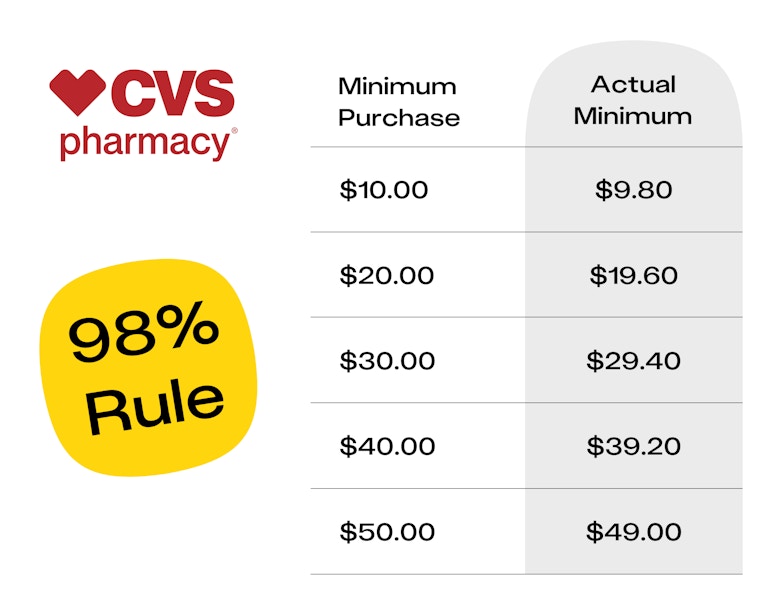
We won't try to bring you back to math class here. So we already put together a handy chart to show you some threshold examples.
If the spending threshold sits at $10, you really only need to spend $9.80 to trigger your ExtraBucks reward. And if CVS says you have to spend $30 to get $10, you only need to spend $29.40.
But if the ExtraBucks are part of a tiered reward with multiple levels, the 98% rule won't work for the first tier. You've really got to spend the full amount to get to the next level. For example, if it says, "Spend $20, get $5 ExtraBucks" OR "Spend $30, get $10 ExtraBucks," the 98% rule won't apply on the $20 threshold (first tier), but it will apply on the $30 threshold.
4. The subtotal has to hit 98% of the required purchase total BEFORE any coupons are applied.
One of the great perks of the CVS ExtraBucks policy fine print is that in order to earn a reward, you only have to reach the subtotal before coupons are applied.
Here's an example of a deal I recently scored. The CVS sale said to spend $10 on Colgate products and get $5 ExtraBucks rewards. Even though I used a Colgate coupon good for $4 off two, the $9.80 threshold I had to reach to trigger the $5 ExtraBucks got calculated before that $4 coupon got applied!
So my total came out to $9.98 for two tubes of Colgate toothpaste. I used the $4 off coupon, so I only paid $5.98. But I still received my $5 ExtraBucks, making two toothpaste tubes come out to $0.49 each. BOOM!
5. The 98% rule is not an official CVS policy, so cashiers may prompt you to spend more.
The 98% rule isn't an official documented store policy. It's just how the cash register works. So if your cashier hasn't worked at CVS for very long, there's a chance they won't have any idea how it works.
For example, I once spent $19.76 on laundry detergent in order to earn a $5 reward. Even though my cashier mentioned I was $0.24 short, my Extra Bucks still printed because I spent over 98% of the required $20 spend.
Also, your receipt will look like you didn't hit the threshold and you still have a balance to earn it. If you go and spend the $0.24 that you were "short" in the first transaction, it won't get you another $5 reward.
Here's the CVS 98% Rule in a Nutshell
The 98% rule makes hitting the thresholds at CVS a little less stressful. It's your secret weapon for saving money while shopping at CVS. You don't have to hit the exact spend amount to snag those ExtraBucks or use your threshold coupons — you just need to get super close, like 98% close.
This means you can skip grabbing that extra pack of gum at the last minute and still walk away with your savings. It’s a total game-changer for making your dollar go further, whether you're using CVS digital coupons or cashing in on CVS deals under $1. So, next time you're reading the fine print on a CVS coupon, remember this rule and enjoy watching those savings roll in!












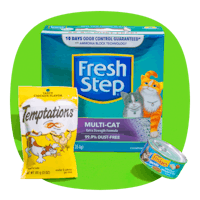

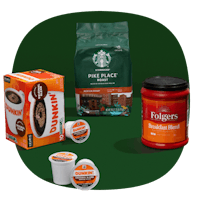
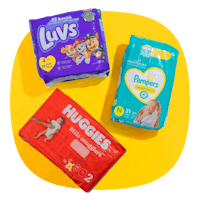
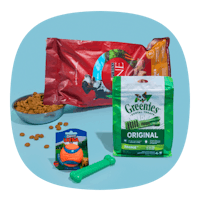



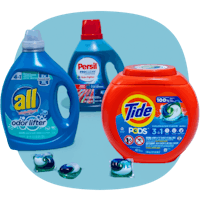


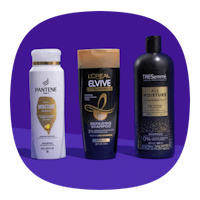


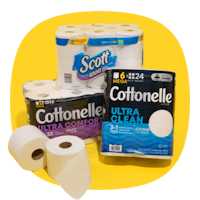
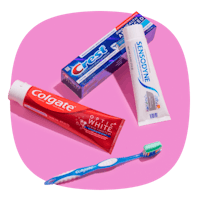



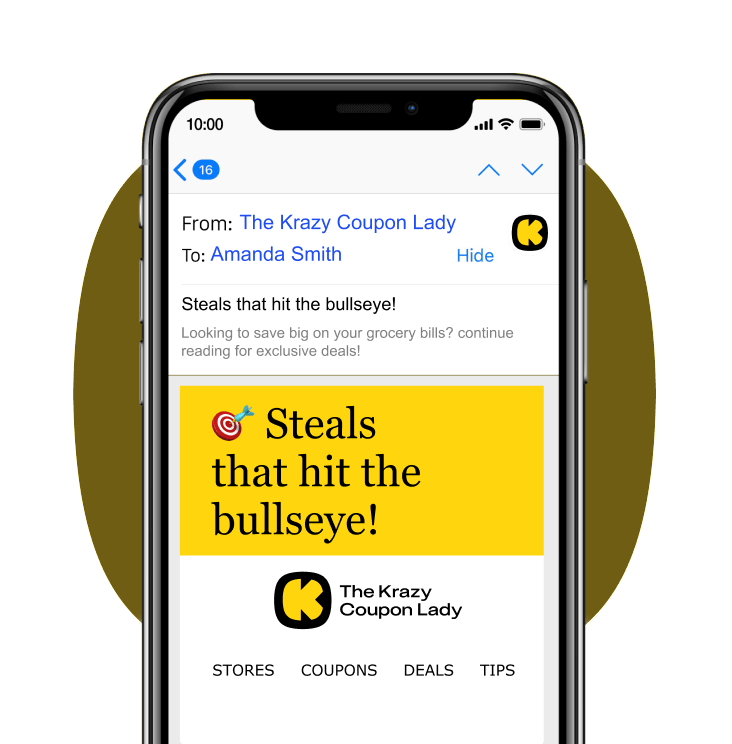
Tell us what you think